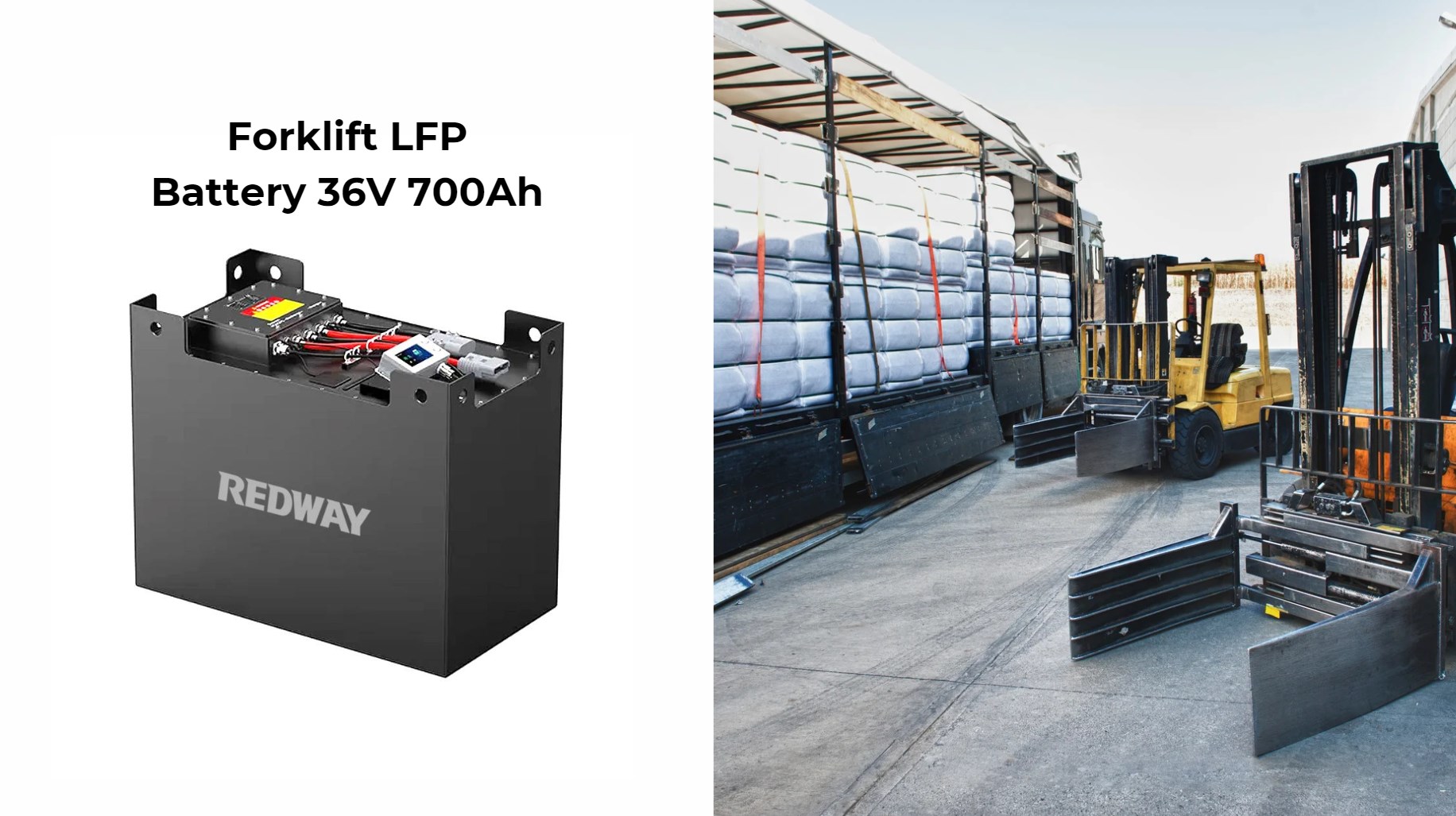Proper maintenance of LiFePO4 forklift batteries ensures longer lifespan, peak performance, and safe operation. By following correct charging procedures, avoiding deep discharges, cleaning terminals, and storing batteries at ideal temperatures, businesses can reduce downtime, protect their investment, and maximize efficiency. Adhering to manufacturer guidelines, such as those from Redway Battery, is key to sustaining reliable and safe battery operation.
How Should LiFePO4 Batteries Be Charged and Discharged?
LiFePO4 batteries should always be charged with a charger specifically designed for lithium iron phosphate chemistry to prevent damage and ensure optimal performance. Deep discharges should be avoided, as they can shorten battery lifespan. Regular charging after each shift or when needed keeps the battery in the recommended state of charge (SOC), ensuring consistent power and extended life.
Chart: Charging Cycle Comparison
Wholesale lithium golf cart batteries with 10-year life? Check here.
| Battery Type | Recommended Charger | Deep Discharge Impact | Charging Frequency |
|---|---|---|---|
| LiFePO4 | LiFePO4-specific | Avoid completely | After each shift |
| Lead-Acid | Standard lead-acid | Moderate tolerance | Daily |
What Are the Best Practices for Cleaning Terminals and Checking Connections?
Regularly clean battery terminals using a soft cloth or a mild cleaning solution to prevent corrosion and dirt buildup. Inspect all connections for tightness and signs of oxidation. Loose or corroded connections can reduce efficiency and create safety risks. Maintaining clean and secure terminals ensures optimal energy transfer and battery longevity.
Where Should LiFePO4 Forklift Batteries Be Stored?
Store LiFePO4 batteries in a cool, dry environment away from direct sunlight or extreme temperatures. Ideal storage temperatures range between 20-25°C (68-77°F). Avoid freezing conditions or exposure above 60°C (140°F), as temperature extremes can reduce battery lifespan and performance. Proper storage helps maintain capacity and prevents potential thermal damage.
Want OEM lithium forklift batteries at wholesale prices? Check here.
How Does Temperature Affect LiFePO4 Battery Performance?
LiFePO4 batteries are sensitive to temperature. Operating or storing them in the ideal range of 20-25°C ensures stable performance and optimal lifespan. Exposure to high temperatures accelerates chemical degradation, while freezing conditions can impair energy delivery. Managing temperature is crucial for safe, reliable, and long-term operation.
What General Maintenance Should Be Conducted for LiFePO4 Batteries?
Follow manufacturer-specific guidelines, such as those provided by Redway Battery, for routine inspections and maintenance. Check for loose connections, corrosion, and signs of wear. Conduct regular inspections to prevent minor issues from escalating. Avoid extreme environmental conditions and ensure batteries are stored properly to maintain safe operation and maximize lifecycle.
Chart: Maintenance Checklist for LiFePO4 Batteries
| Maintenance Task | Frequency | Notes |
|---|---|---|
| Terminal Cleaning | Weekly | Prevent corrosion and dirt buildup |
| Connection Check | Weekly | Tighten loose connections |
| Temperature Control | Ongoing | Store within 20-25°C for optimal lifespan |
| Manufacturer Guidelines | As specified | Follow Redway Battery recommendations |
Can Proper Maintenance Extend Battery Lifespan and Efficiency?
Yes, regular maintenance and correct handling can significantly extend LiFePO4 battery lifespan and maintain high efficiency. By following charging protocols, cleaning terminals, monitoring connections, and controlling storage temperature, companies can ensure reliable forklift operation, reduce downtime, and achieve cost savings over the battery’s lifetime.
Are LiFePO4 Batteries Safe Compared to Lead-Acid Alternatives?
LiFePO4 batteries are inherently safer due to their chemical stability and sealed design, reducing risks of acid spills or hydrogen gas emissions. Unlike lead-acid batteries, they do not require stringent ventilation or specialized safety measures. Proper maintenance further enhances safety, making them ideal for modern warehouse and industrial operations.
Redway Battery Expert Views
Maintaining LiFePO4 forklift batteries is straightforward but critical. At Redway Battery, we emphasize correct charging, terminal cleanliness, and optimal storage conditions to extend service life and maintain peak performance. Businesses implementing these best practices experience reduced downtime, enhanced safety, and better ROI, demonstrating the long-term value of our LiFePO4 solutions.” – Expert from Redway Battery
Conclusion
Maintaining LiFePO4 forklift batteries involves proper charging, regular inspection, terminal cleaning, and controlled storage temperature. These practices, combined with adherence to manufacturer guidelines like those from Redway Battery, ensure longer battery lifespan, efficient operation, and enhanced safety. By integrating these steps into daily operations, companies can optimize forklift performance while minimizing maintenance costs.
FAQs
What is the ideal storage temperature for LiFePO4 batteries?
LiFePO4 batteries should be stored in a cool, dry place between 20-25°C (68-77°F) to maintain optimal performance and lifespan.
How often should LiFePO4 battery terminals be cleaned?
Terminals should be cleaned regularly, ideally weekly, to prevent corrosion and ensure efficient energy transfer.
Can deep discharges damage LiFePO4 batteries?
Yes, deep discharges can shorten the lifespan of LiFePO4 batteries, so they should be avoided.
Do LiFePO4 batteries require equalizing charges like lead-acid batteries?
No, LiFePO4 batteries are maintenance-free and do not require equalizing charges.
How can Redway Battery guidelines improve LiFePO4 battery longevity?
By following Redway Battery’s recommended charging, storage, and maintenance procedures, users can extend battery life, reduce downtime, and enhance safety.






